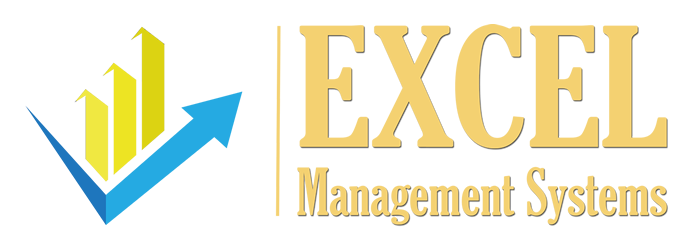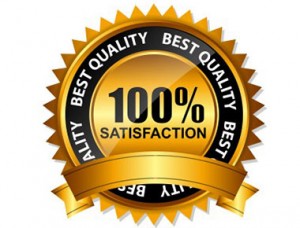Productivity Pyramid ® increases profits and value for companies
What are typical company goals? Almost all companies will say:
- Increase Revenue
- and Increase Net Income
These two goals are universally mentioned as the typical company goals.
One hundred percent of companies have a revenue goal. Most have a net income goal that is usually only known by upper management. But what other company activities should be company goals? The following are examples of what COULD be company goals.
• Customer Retention • Specific Area Expense Containment Or Reduction
• Production Volume (Must have a quality goal too) • Quality • Timely Delivery
• Growth • Account Receivable Collection Time • Employee turnover
• New Product Development • Customer Satisfaction
Ways to incorporate these company goals, and where to start
Ask your department heads what their department can do specifically, quantifiable and with timelines to accomplish the goals pertaining to the department. Also ask your employees to develop (with the help and guidance of their supervisor) six – eight company goals with one goal being a personal goal (such as losing weight, gym workouts, read books, visit shut-ins, etc.).
My Productivity Pyramid ® program increases profits and value for companies. It incorporates the employer’s as well as the employee’s goals and understanding. Goals and understanding that together help a company raise productivity along with its profits.
Productivity Pyramid ® increases your profits and value for companies.
Executives typically use” top down” communication instead of bottom-up coaching and listening. Good coaches engage the participant to bring forth ideas and ways to improve their position activities, and skills. In a bottom-up coaching sessions skills are discussed and trained. An effective coach uses the above traits to create a winning atmosphere and team culture that will produce superior results. It’s a great start!
A supervisor/manager/executive should brainstorm with each employee for ideas on how to improve their job, effectiveness and productivity, rather than a top-down mandate for performance improvement. If an employee is engaged in the process, the probability of success goes up significantly and the rate of employee turnover could drop. But what are you supposed to do if your superiors are the main cause of this turnover, as statistics show that 11% was due to manager/supervisor behavior? To prevent this from happening and to increase productivity further, the supervisors will have to change how they act to ensure they are setting an example for their employees.
Nathan Christensen praised Dale on valuation principles and Productivity Pyramid to his Vistage Group in Portland Oregon. The members learned key business concepts from Dale Richards’ presentation on Business Valuation Principles – How to Increase Your Business Value, Financially, Operational and Strategically by 2X-3X.
ABOUT DALE S. RICHARDS:
Dale S. Richards specializes in management, marketing, operation optimization & business valuation consulting and is a 30+ year turnaround expert. He has implemented success concepts into results in 150+ companies. Dale is a Certified Valuation Analyst (CVA) with NACVA, Eight-Year Vistage Chair & International Speaker.




